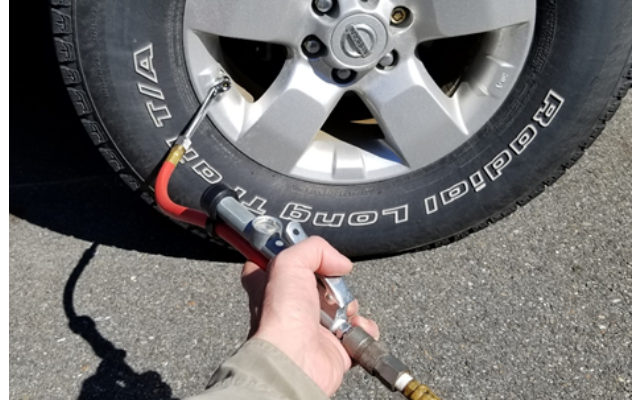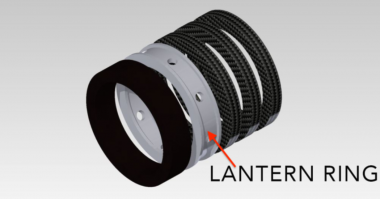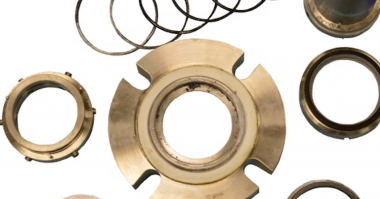Author: Henri Azibert
We have all been subject to dealing with a leak. It might be a tire that slowly looses air. We fill it up every time the low-pressure light comes on. There is always some reason not to have time to get it fixed. The trips to the refueling station with an air hose become more and more frequent, although now, we are used to it and have become experts at getting in and out quickly. But let’s face it…it would have been so much easier, time and cost efficient, to just get it fixed when the symptoms first appeared.
In an industrial setting, leaks, or fugitive emissions as they are often characterized, are unfortunately a matter of course. In a processing plant, hundreds of thousands of joints connect all the various machinery and contain a given process under pressure. Most are static, but many are dynamic, requiring sealing of parts in relative motion. So, it should not come as a surprise that leaks must be dealt with on a regular basis.
Leaks, drips, and at times, trickles, can create many problems and adverse consequences. First there is product loss; it decreases efficiency and adds costs. Depending on the product (for example, if it is sold by the milligram), this can quickly add up.
Then there is contamination of the environment. Contamination can take various forms. Leaking air, as in our first example, might be dismissed as innocuous. However, consequences, such as a tire failure which then leads to an accident and a subsequent fire, can end up filling the air with toxic fumes. Water might also be considered harmless, unless it corrodes some metal part on which it steadily drips and leads to some other breakdown.
A great portion of industrial products do not fall into the harmless category. There are fluids that are flammable, toxic, or present a danger of some kind in and of themselves when they are not properly contained. Why wait for a fire to erupt, someone to become ill, or cause general damage to the environment?
The cost of managing leaks is greater than the cost of fixing them. That can be the case even assuming that it did not get to the point that it started to cause something else to fail. Why deal with the mess, the contamination, the damage to the environment, the safety hazard? Take action! Fix the leak!
We might want to step down from the soap box for a minute and perhaps consider a small dose of reality. Leakage is not intrinsically bad. Sometimes it must leak to work. Pump packing, for example, needs to leak in order to be effective at process containment. If there is no leakage, the packing will burn up and then massive leakage will ensue. Even mechanical seals in proper working order will leak. It is typically a very small amount, which for vaporizing fluids will not even be detected as the heat generated by the seal will cause the liquid to evaporate.
Dynamic seals, in many ways, are only clearance seals. The extremely small gap between parts in relative motion allows a pressurized fluid to escape, but only at an extremely small rate. The seal is essentially a leakage control device. Labyrinth seals are clearance seals. Gas seals’ faces are designed to separate in operation, but the gap is self-regulating to remain extremely small and to very precisely maintain minimal leak rates. Even static joints can leak. It might be a very small amount, but detection devices exist to measure concentration of escaping product in parts per million, even parts per billion. And how much is a leak? In some respects, everything leaks. Under pressure, a fluid might leak through a metal wall one thimble full in a thousand years.
The inability to totally eliminate leakage should not be used to abdicate the power to control the direction of leakage. Indeed, although eliminating leakage entirely might not be possible, the direction of leakage is always from a higher state of energy to a lower one, from a higher pressure to a lower pressure. Taking this certainty into consideration, there are all sorts of strategies to make sure that what leaks is safe to the general population and the environment.
Dual seals are used with some barrier liquid or gas that can safely leak into the process and the environment. Nitrogen is commonly used with dual gas seals, and water or oil is typically used in dual liquid seals. Leakage direction and containment is the strategy, as eliminating leaks altogether is elusive.
There are also times when it might not be worth to fix some equipment if it is scheduled to go out of service in a relatively short time, and there is no safety hazard. Determining how much leakage to allow can be a difficult decision to make, but when in doubt, fix it.


![Durlon Chemap® filters solve filtration tasks in a simpleand economic way [Case Study]](https://test.empoweringpumps.com/wp-content/uploads/2022/12/Durlon-Chemap®-filters-solve-filtration-tasks-in-a-simpleand-economic-way-Case-Study-7-380x199.png)


Comments